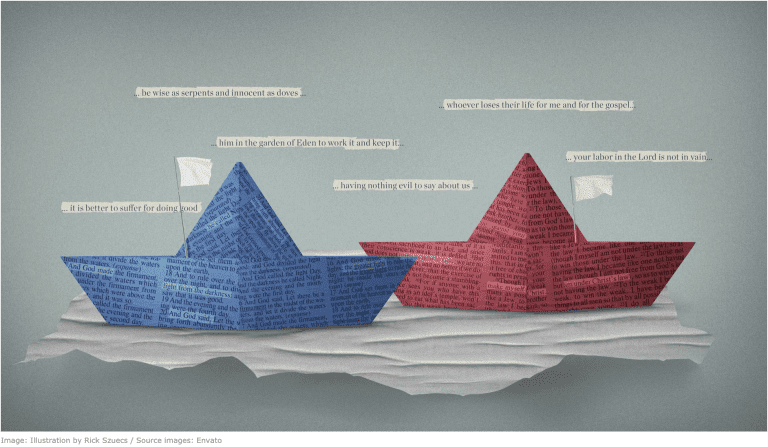I recently gave a short presentation at the Southwestern regional meeting of the Evangelical Missiological Society (EMS). It was titled “Biblically Faithful and Culturally Meaningful Contextualization? Moving Beyond the Ethnohermeneutics Debate.”
For those of you who are interested, here’s a video of the presentation.
What is Ethnohermenteutics?
In it, I collate major arguments from Saving God’s Face and One Gospel for All Nations while also interacting with an ongoing debate among missiologists. A topic of controversy among some mission thinkers concerns what is called “ethnohermeneutics.”
Several people have written on the subject. Much of the conversation has been spurred on by the proposal given by Larry Caldwell. He defines ethnohermeneutics in this way:
“Ethnohermeneutics is simply Bible interpretation done in multi-generational, multi-cultural and cross-cultural contexts that, as far as possible, uses dynamic hermeneutical methods which already resides in the culture.”
To put it in simpler terms, Caldwell argues that missionaries should use the hermeneutical or interpretive methods of local cultures when interpreting the Bible. I have fundamental concerns with his paradigm. I think he confuses concepts. Still, he is trying to address critical issues related to contextualization, the Bible, and culture.
What is the presentation about?
Here is the opening to my talk:
In Scripture, God speaks. Contextualization therefore begins with listening, well before we venture to speak or do anything. However, our efforts to contextualize flounder for a similar reason that other attempts at communication fail. We make assumptions. And when we assume, we don’t listen. What then are the implications for contextualization?
To answer this question, this paper first considers briefly a few challenges that hinder the work of contextualization.
Next, I explain why contextualization necessarily begins with interpretation and is not simply a task involving how to communicate or apply biblical ideas. In so doing, we can build on and so move beyond past debates about ethnohermeneutics.
Finally, I will suggest a constructive model for relating biblical and contemporary cultures. This model equips us to utilize the inherent limitations of our worldview lenses for the sake of biblically faithful and culturally meaningful contextualization. The paper concludes by addressing a few concerns that people might have when hearing the ideas mentioned above.












